First, a few random bits…
I noticed that there are some Trader Joe's fans reading the blog (based on the comments on Tuesday's review of The I Love Trader Joe's Cookbook). You might also enjoy this Fortune article about Trader Joe's. TJ's is apparently a mysterious, tight-lipped company who doesn't talk freely to the press – an attitude that seems incongruous with its happy-go-lucky image.
Second, if any of you are registered on SXSW (or wouldn't mind registering), I'd be forever grateful if you could vote "yes" for four panels that Discovery has submitted for next spring's SXSW interactive conference. The PanelPicker process accounts for 30% of the overall score given to proposed sessions. I am really hoping to be in Austin next spring and would love your support! Here are the panels:
Finally, thank you to EDIWTB reader Nancy West, who submitted another guest review for the blog, this time of Anna Quindlen's Every Last One.
I know this sounds ridiculous, but as I read the first few chapters of Anna Quindlen’s new novel, “Every Last One,” I kept feeling as if she had read the review I posted on Amazon.com of her last novel, “Rise and Shine.” In that review – and yes, I do understand that even though authors often browse through their Amazon reviews, it’s ridiculous to think she picked out mine from the hundreds posted – I took Quindlen to task for her utter lack of subtlety and, in effect, treating her readers like morons by subjecting them to ham-fisted explanations and high-volume analyses of every last detail.
Not so in Every Last One. Perhaps it’s just that she’s changed her setting from the celebrity TV world in Manhattan to domestic life with a nuclear family in New England and assumes her readers don’t need quite as much over-explaining for that environment, but I found this newest novel to be graceful and engaging. I really liked it. And whether or not the author actually had me – or my review – in mind when she wrote it, which I say tongue-in-cheek because I know she didn’t, as far as I’m concerned she’s redeemed herself.
Other readers have found the pace of Every Last One to be a little trudge-y, but to me, it made sense for Quindlen to walk us very, very slowly through the everyday life of landscape designer Mary Beth Latham, setting up the background of this happily married suburban soccer mom before slamming with one of the most horrific tragedies that could possibly befall a family of this sort. Perhaps it was just that having read reviews before I read the book, I knew something awful would happen (although I didn’t know what – reviewers have been careful to avoid spoilers, and I will try hard to follow their example), I was happy to stretch out the peaceful interlude before the catastrophe as long as possible, but I liked the simple narrative about Mary Beth, her husband, her extended family, and most importantly her three children. I was happy following them through their daily lives, just as Mary Beth was. And then all that bucolic domesticity blew up in their faces, and in mine.
When the worst imaginable thing happens to a family in a domestic novel, the author faces a nearly insurmountable challenge: how to take the narrator through to any kind of plausible ending. The contract the author makes with her readers in a work of contemporary fiction such as this is that the protagonist will neither find out the whole thing was a dream nor commit suicide, so what’s left to say? Therein lies the challenge of the second half of the book, and although Quindlen did not manage to do anything surprising here, which would have been extremely difficult – though I would point to Lionel Shriver and We Need to Talk About Kevin as an example of how it can in fact be done – I still found the conclusion to this horrifying story satisfying enough. Kudos to her as well for avoiding the Jodi Picoult escape hatch of a dramatic legal narrative. No, neither Quindlen nor Mary Beth Latham – nor, for that matter, we readers – have the easy out of a courtroom drama. Mary Beth simply has to live with what happened to her.
And so do we readers. And we hang in there to the end. Out of sympathy? Out of curiosity? Out of Schadenfreude? Bad things happen to good people; a skillful writer finds a way to make us care how they get through it. This time, Quindlen has pulled it off beautifully.

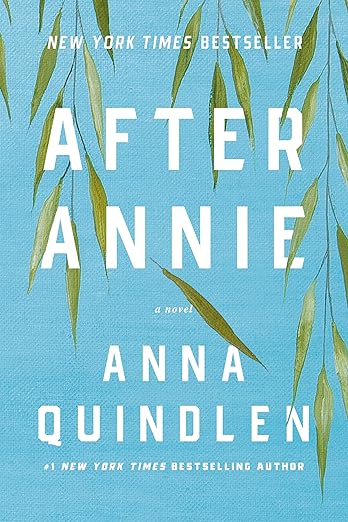
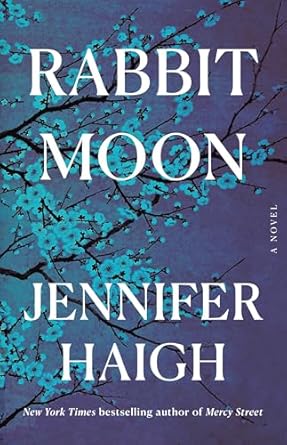

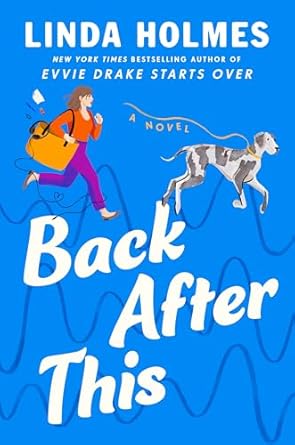
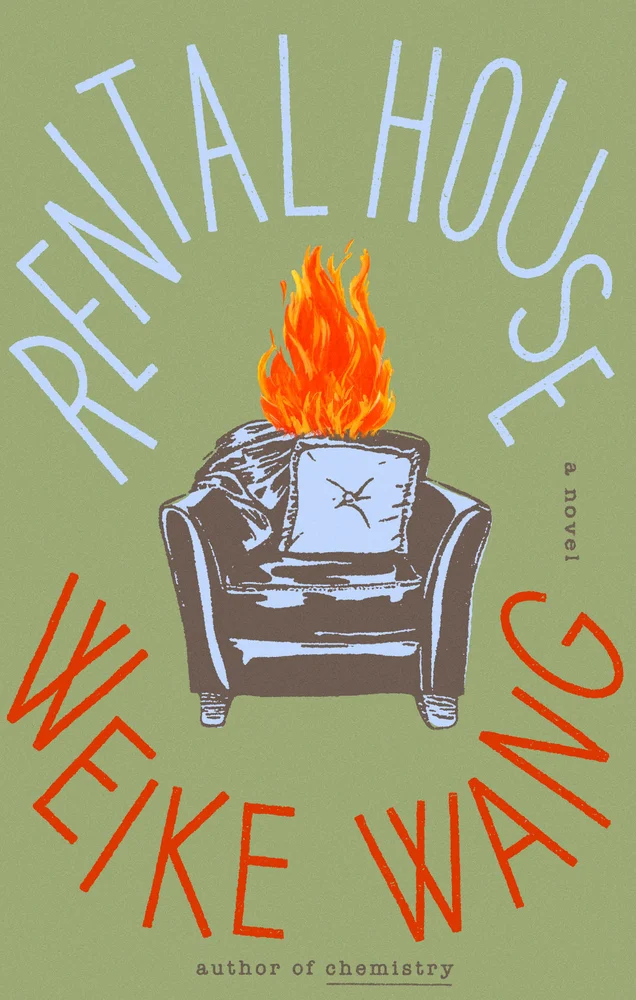
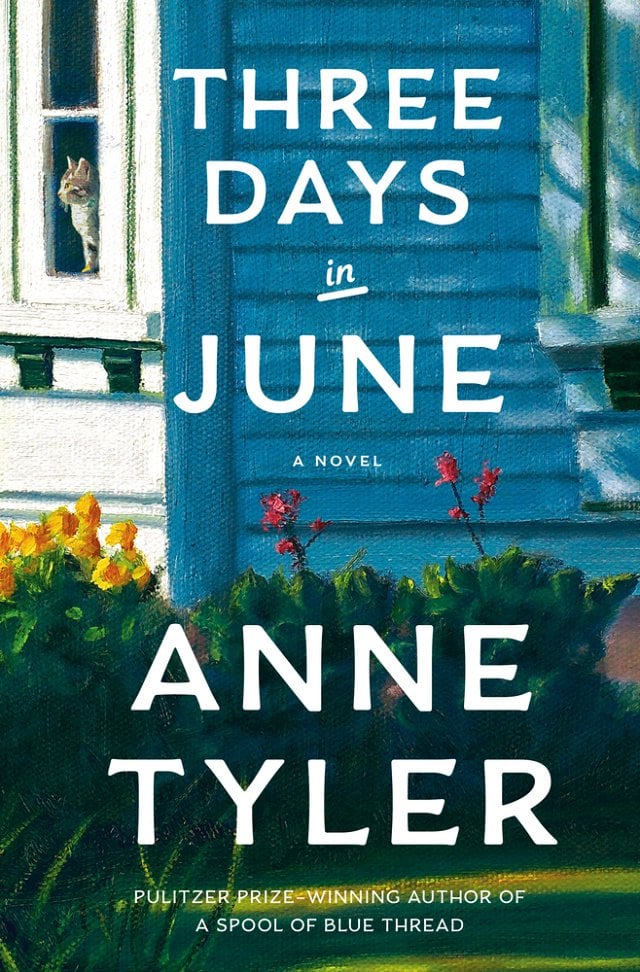

About Me
I have been blogging about books here at Everyday I Write the Book since 2006. I love to read, and I love to talk about books and what other people are reading.